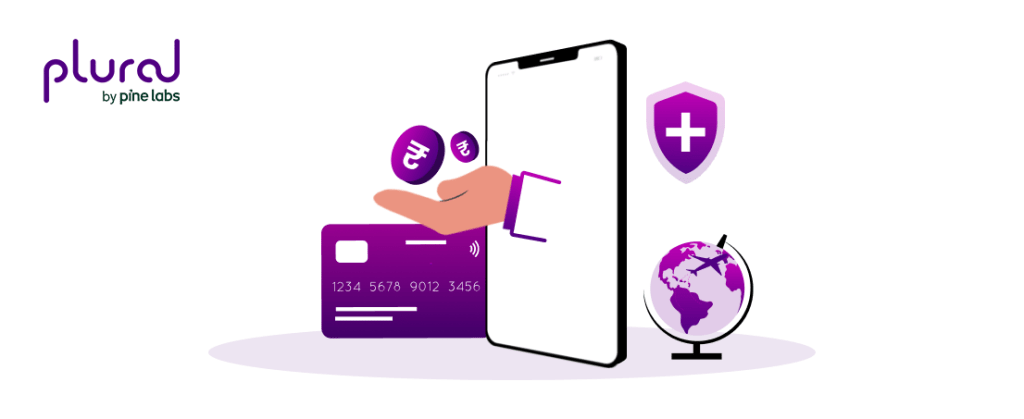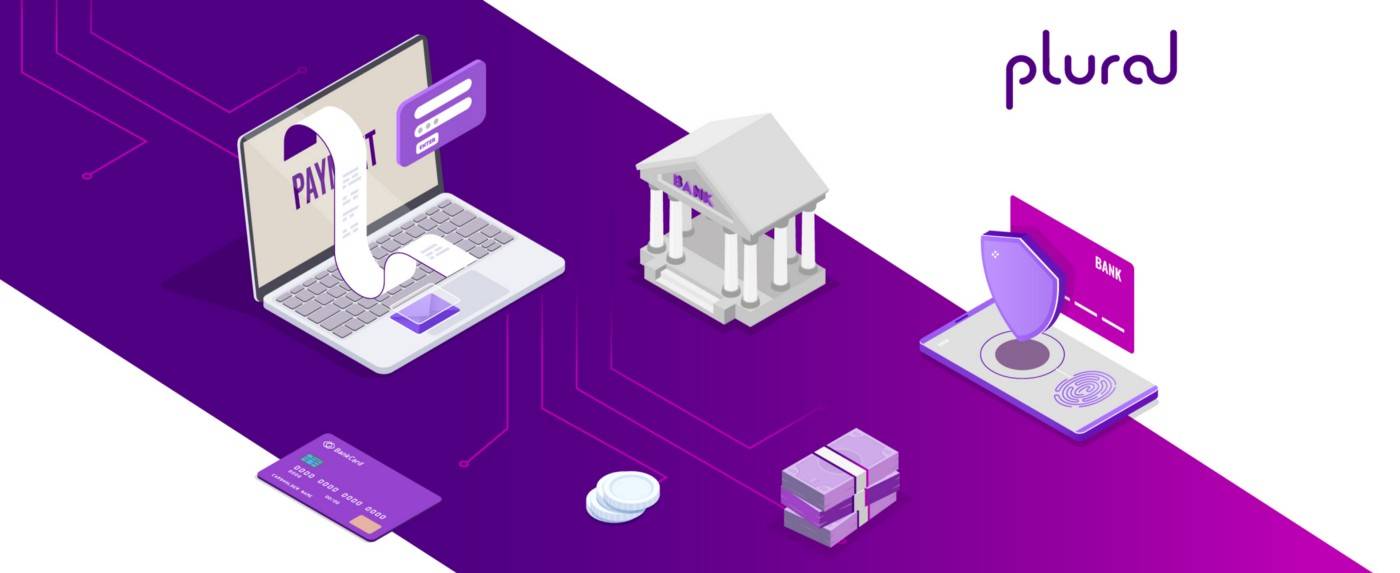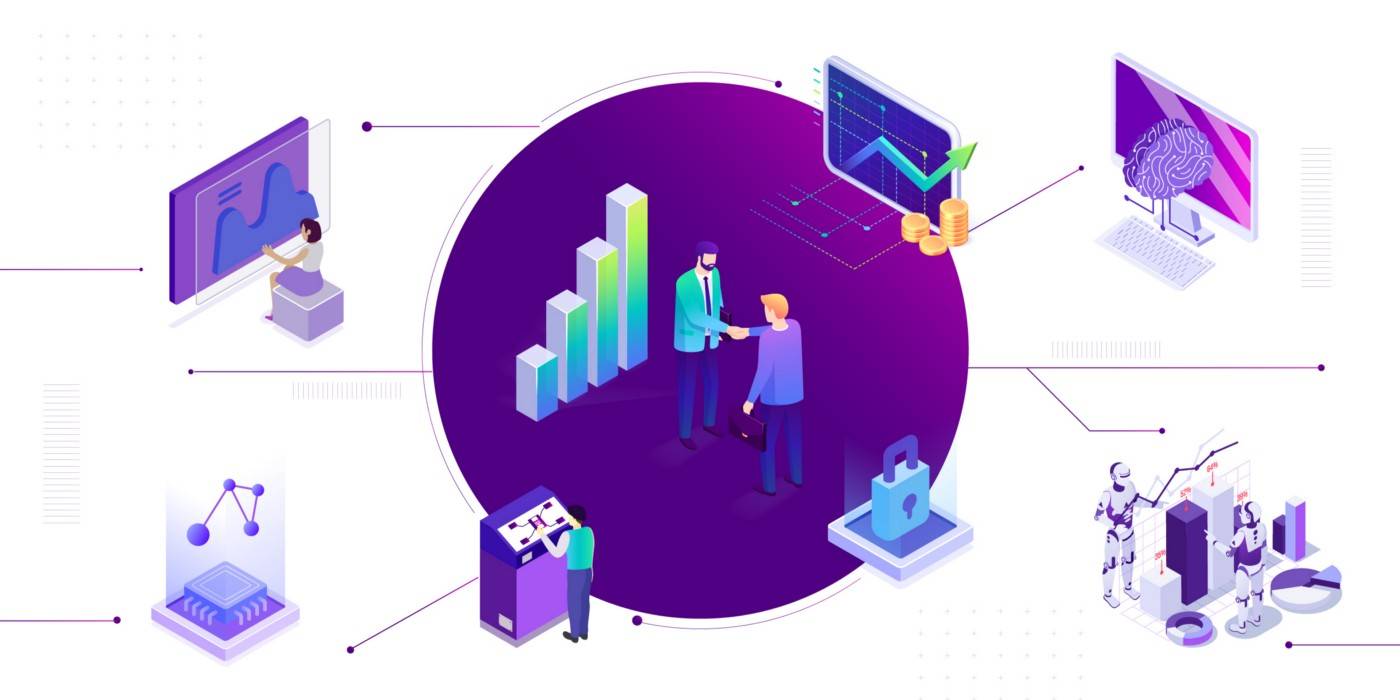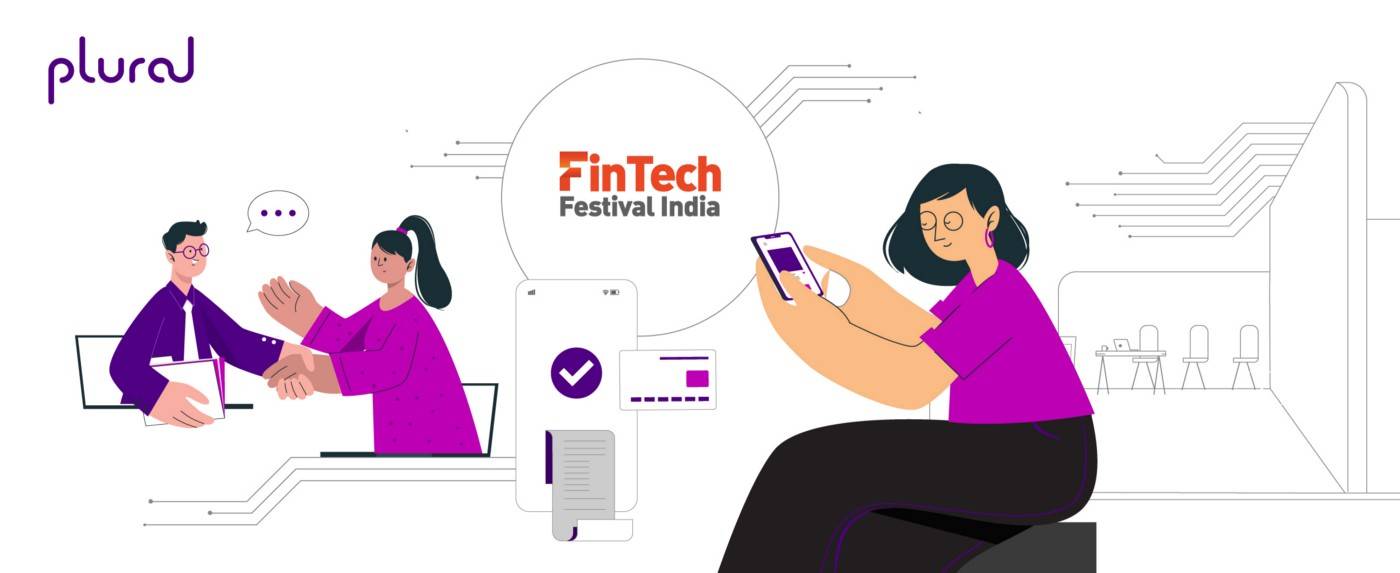Owning a credit card is considered a rite of passage in the consumer journey, with significant benefits. However, millions of paying consumers cannot qualify for one due to limitations in the credit card framework. This reality has resulted in a considerable consumer-credit gap.
However, the introduction of embedded lending is disrupting the status quo. This unique service solves two problems in one shot – the need for customers to avail loans for expensive purchases and the need for businesses to drive sales to become profitable.
Considered to be the future of lending, embedded finance grew at a compound annual growth rate of 45% in India to reach an approximate market size of $5 billion in 2022. By 2025, the global embedded financial services is projected to grow into a $230 billion industry.
In this blog, we deconstruct embedded lending, its benefits and the common use cases. We also look at how businesses can seamlessly integrate it as a payment option on their platforms.
What is embedded lending?
Embedded lending is a customer-centric, user-friendly solution that combines two critical actions in the consumer journey – taking a personal loan and purchasing a product or service. A non-financial business essentially introduces lending services onto its digital platforms, thus delivering more value and nudging customers to buy more. This tech-enabled solution enables a customer to take a loan at the point of sale, streamlining the entire process.
Alternatively, they would need to apply for a personal loan from their bank. Once the loan is sanctioned (which may take some days) and the amount hits their bank account, they can make a purchase. However, the price of a product they wanted to purchase may have increased by this time. Applying for a personal loan is a cumbersome process; they may decide not to purchase at all.
Instead, if customers can access the loan during checkout via an embedded lending feature, it becomes a win-win for the customer and the business. It allows businesses to increase revenues while customers can purchase the product, hassle-free.
Embedded lending use cases
Consumers can access embedded finance via credit options such as Buy Now Pay Later (BNPL) or a structured Equated Monthly Installments (EMI) plan. Here are some popular use cases:
B2C ecommerce marketplaces
Say a consumer wishes to purchase an expensive smartphone at an attractive price on an ecommerce marketplace. The current offer stands only for 24 hours. However, they are unable to pay for it in one go.
Using BNPL options, they take an instant loan at the point of sale on the platform itself, choose a repayment plan that suits their cash flow schedule, and make an instant purchase, thus availing of the offer.
They can then make payments in instalments each month. They need not visit a different platform to access the loan, wait for it to be sanctioned, and then make the purchase. The entire shopping and payment process can be completed through the consumer’s mobile phone.
B2B marketplaces
Embedded lending has found several benefits in the business-to-business (B2B) world. Net terms at the point of sale provide clarity, eliminate reliance on third-party credit sources, enable seamless transactions between businesses and increase average order values.
Moreover, integrating embedded lending provides value to businesses’ platforms and improves customer experience. This drives repeat purchases and helps businesses stand out amongst the competition.
D2C websites
Today, the market is flooded with Direct-to-Consumer (D2C) brands looking to grab more market share. They aim to encourage customers to purchase products directly from their websites to increase profit margins.
By introducing embedded lending options on their platform, they can especially nudge customers to purchase products or a subscription packager of a higher ticket size. This feature helps them deliver higher value to the customer and build stickiness to the brand by encouraging repeat business.
Advantages of embedded lending
Introducing embedded lending onto any non-financial platform makes the shopping experience more relevant and tailored to the specific context of each customer’s shopping experience.
By promptly addressing credit needs, this opportunity delivers several benefits to both customers and businesses, as follows:
Acquiring a new customer base
There is an entire segment of customers who remain outside the existing framework of credit. Embedded lending options open the doors for credit access for an entirely new customer base, thus enabling businesses to acquire new customers.
Increased revenues
Businesses aim to reduce the number of abandoned carts. According to a study, a few major reasons for abandoned carts included declined credit cards, lack of adequate payment methods, and lack of trust in platforms, which stopped consumers from sharing their credit card information.
Embedded finance offers customers an alternative credit option. Customers that drop off due to temporary cash flow challenges can be served by introducing embedded lending options. Increased conversions, in turn, drive revenues.
Higher customer lifetime value (CLV)
Businesses have an opportunity to increase the Customer Lifetime Value (CLV) by enabling customers to buy items of larger ticket sizes. Embedded finance allows them to make payments in a planned and systematic manner.
More flexibility for customers
From a customer’s standpoint, a personal loan comes with a high-interest rate. However, when they go for options such as Buy Now Pay Later, they can skip paying interest altogether if they pay before a certain date. Alternatively, they have the flexibility to choose a payment plan that aligns with their cash flow schedules. This option puts more power in the customer’s hands, which benefits businesses.
Data-driven customisation
As more customers access credit via the embedded finance ecosystem, businesses, finance providers, and technology innovators can work together to build customised options for each consumer. They can innovate based on customer behaviour, shopping habits, and real-time needs.
Conclusion
In 2021, the number of online shoppers in India amounted to approximately 180 to 190 million. This number is predicted to rise to about 400 to 450 million by 2027, making online shopping a go-to mode.
Partnering with a embedded finance provider can help businesses accelerate and customise their foray into the embedded lending ecosystem. Setu’s embedded finance solutions make it easy for businesses to seamlessly integrate the lending experience through APIs into existing platforms and build easy-to-use loan application flows.
Businesses making early investments by integrating embedded lending into their digital assets can acquire new customers, increase market share and drive profitability.

Amrita Konaiagari is a Marketing Manager at Plural by Pine Labs and Editor of the Plural blog. She has over 10 years of marketing experience across Media & Tech industries and holds a Master’s degree in Communication and Journalism. She has a passion for home décor and is most definitely a dog person.




